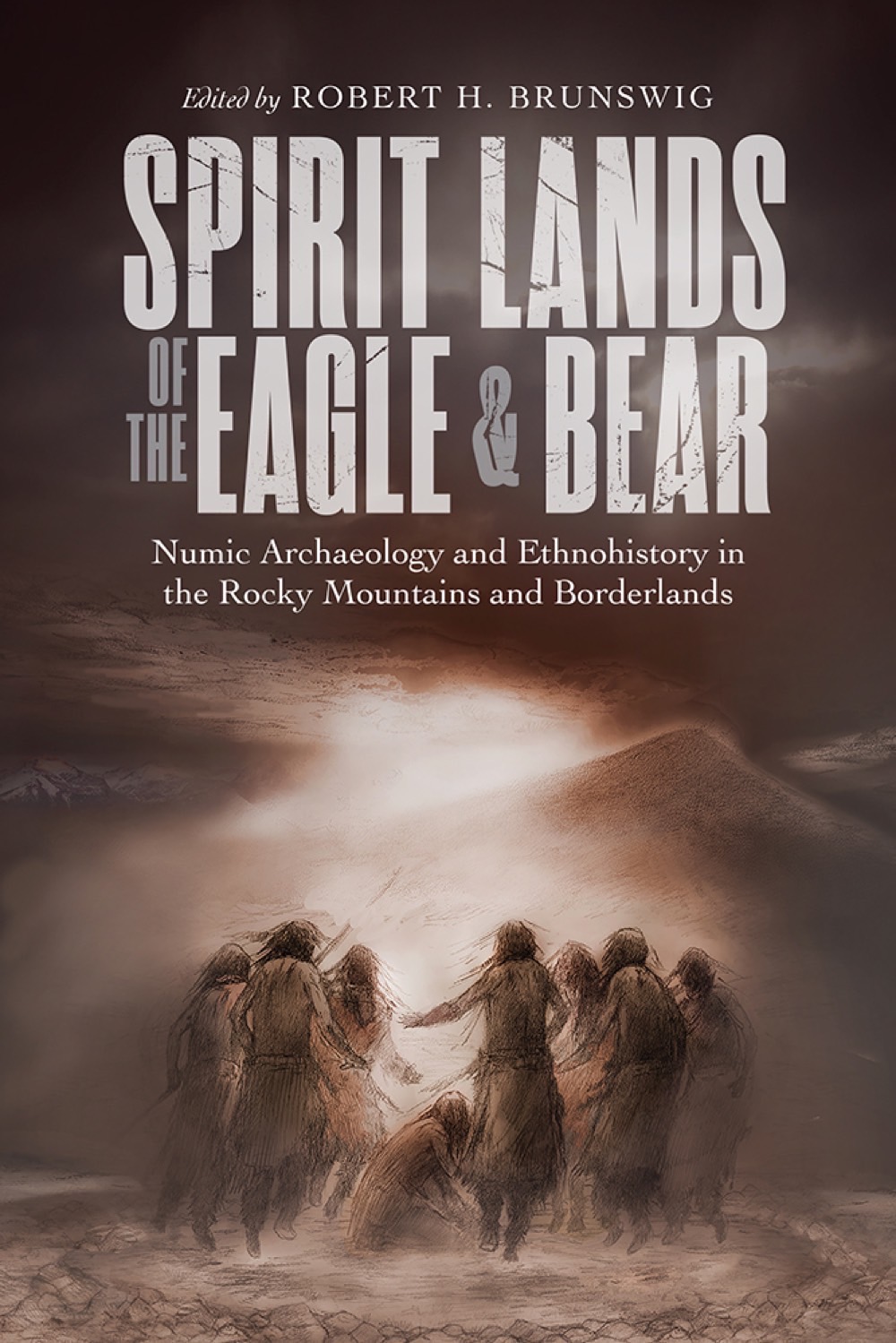“Scholars of hunter-gatherer societies that existed in deep time will find the case studies in this volume instructive and compelling. These researchers take on some of the most challenging types of sites and show how, with nuanced methods, such work can broaden our understanding of the ancient past.”
—Victor Thompson, University of Georgia
"This excellent volume will provide the reader with an array of tactics that can be applied while studying the internal organization of hunter-gatherer campsites."
—Journal of Anthropological Research
Archaeological research on the late Pleistocene and early Holocene periods has tended to focus on rock shelters, caves, large game kills, and occasionally butchery sites. Diversity in Open-Air Site Structure across the Pleistocene/Holocene Boundary examines a diverse range of open-air sites—bounded both naturally and culturally—in Siberia and Germany and throughout North America.
Open-air sites are difficult for researchers to locate and, because of depositional processes, often more difficult to interpret; they contain many superimposed events but often show evidence of only the most recent. Working to overcome the limitations of data and poor preservation, using decades of prior research and new analytical tools, and diverging from a one-size-fits-all mode of interpretation, the contributors to this volume offer fresh insight into the formation and taphonomy of open-air sites.
Contributors: Douglas B. Bamforth, Ian Buvit, Brian J. Carter, Robin Cordero, Robert Dello-Russo, George C. Frison, Kelly E. Graf, Bruce B. Huckell, Michael A. Jochim, Joshua D. Kapp, Robert L. Kelly, Aleksander V. Konstantinov, Banks Leonard, Madeline E. Mackie, Christopher W. Merriman, Matthew J. O’Brien, Spencer Pelton, Neil N. Puckett, Beth Shapiro, Todd A. Surovell, Karisa Terry, Steve Teteak, Robert Yohe














